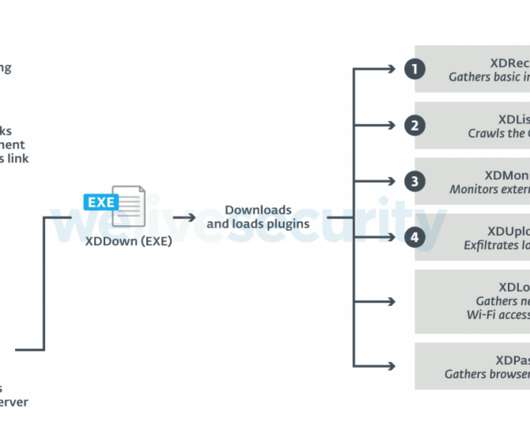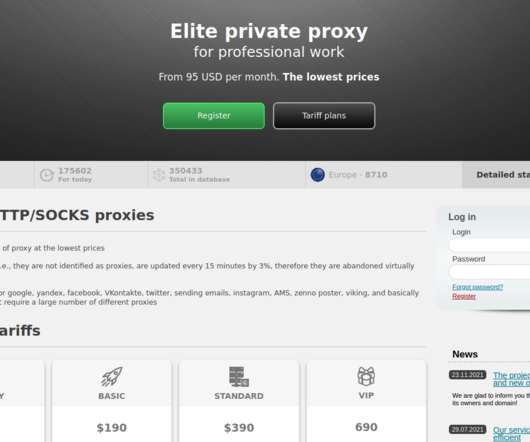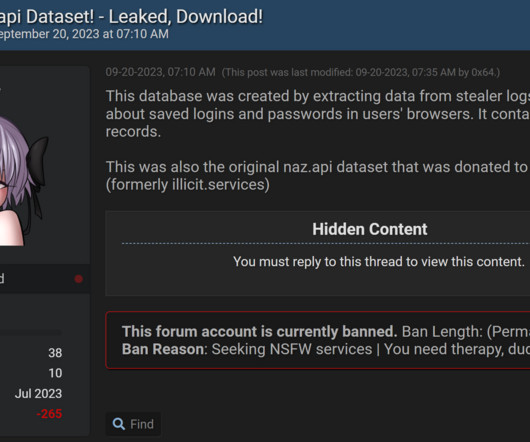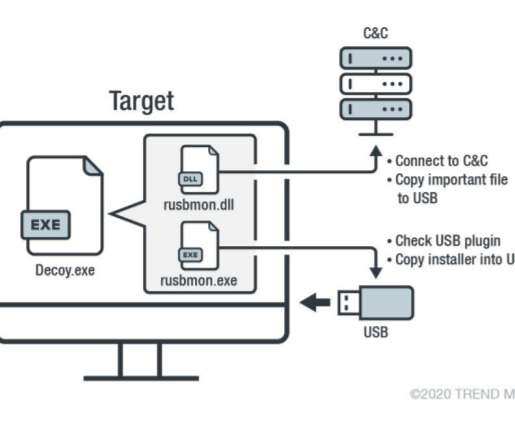XDSpy APT remained undetected since at least 2011
Security Affairs
OCTOBER 2, 2020
Researchers from ESET uncovered the activity of a new APT group, tracked as XDSpy, that has been active since at least 2011. XDSpy is the name used by ESET researchers to track a nation-state actor that has been active since at least 2011. ” reads the abstract from the talk. ” concludes the report.



















































Let's personalize your content